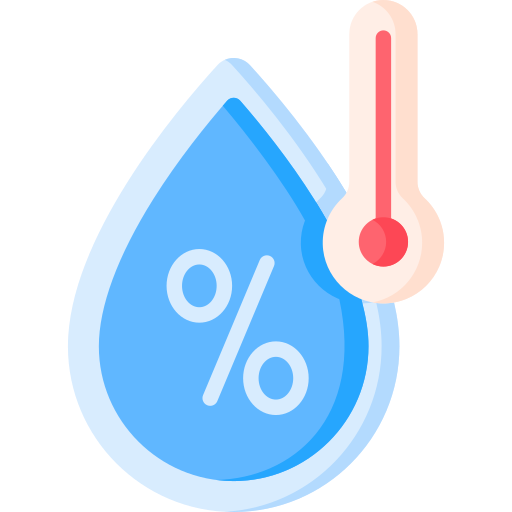Belgrade - Introduction

About Belgrade
Belgrade Current Weather
Belgrade, Serbia
2026-01-01 21:36
Clear
2.1°C
Temperature:2.1°C |
35.8°F
Feels like:-0.9°C |
30.4°F
Other weather information:
| Parameter | Value |
|---|---|
Wind 
|
10.4 km/h |
Pressure 
|
1014 mb |
Humidity 
|
47% |
Visibility 
|
10 km |
UV Index 
|
0 |
Precip 
|
0 |